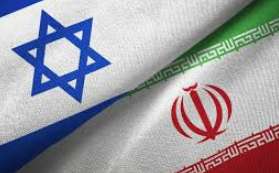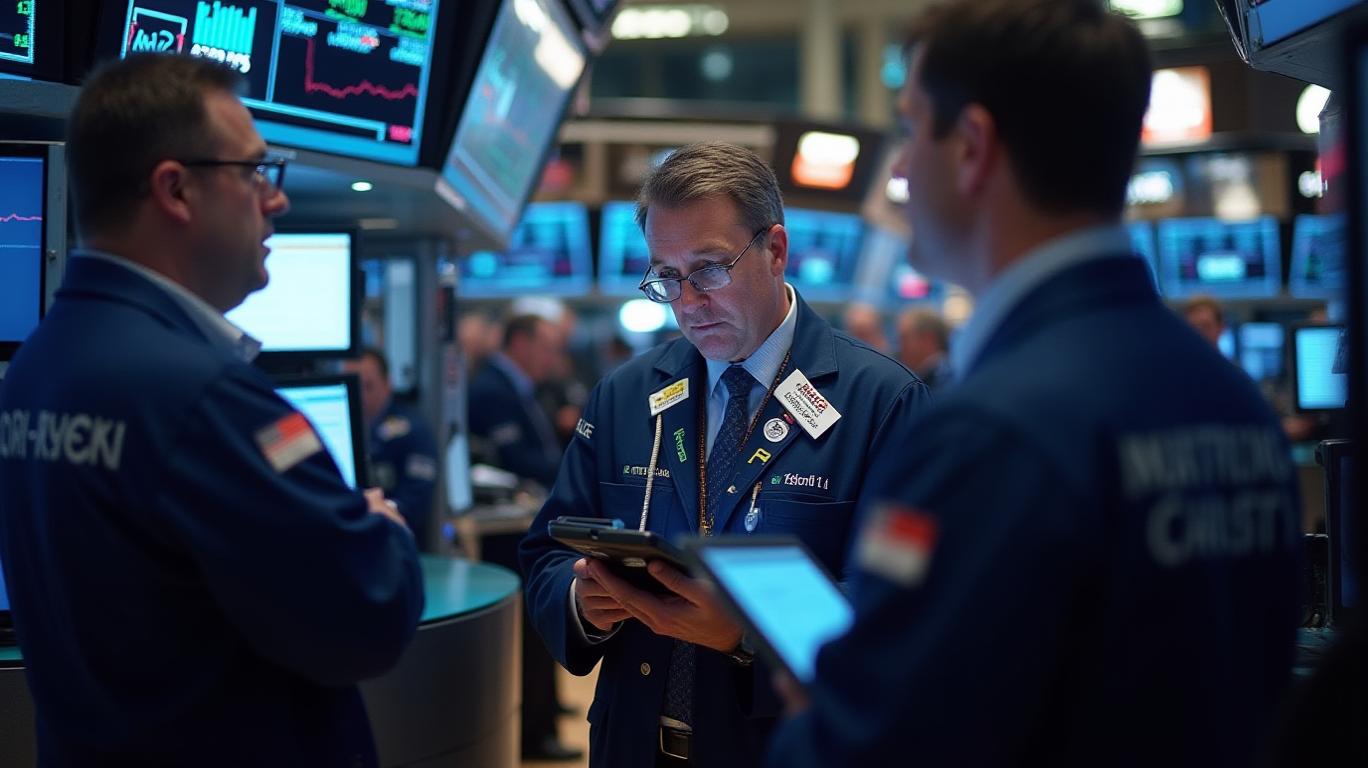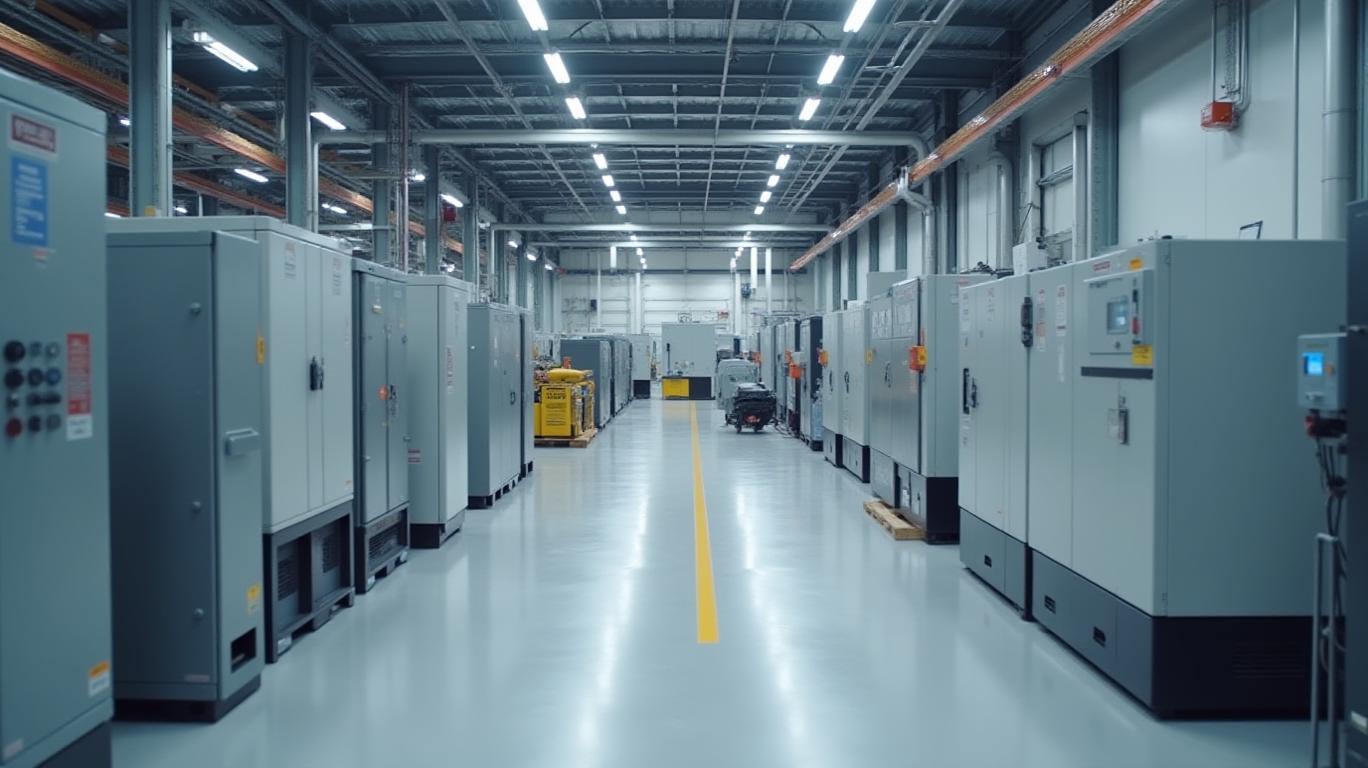Calculating The Intrinsic Value Of Ingersoll Rand Inc. (NYSE:IR)
Monday, Dec 23, 2024 8:25 am ET
Ingersoll Rand Inc. (NYSE:IR) has been a consistent market beater, with a 100-bagger return since 1988. As the company continues to grow through strategic acquisitions and organic growth initiatives, investors are eager to understand its intrinsic value. This article explores the 2-stage Discounted Cash Flow (DCF) model to estimate the intrinsic value of Ingersoll Rand Inc.
Ingersoll Rand's diverse portfolio across Industrial Technologies and Services, and Precision and Science Technologies segments, exposes it to various industries and geographies. This diversification enhances cash flow stability and growth, enabling the company to maintain steady cash flows and capitalize on emerging trends in its served markets.
The 2-stage DCF model accounts for varying growth rates in different periods by dividing the forecast period into two stages: a higher growth stage and a lower growth stage. In the first stage, typically the next 5-10 years, the company's cash flows are projected to grow at a higher rate, reflecting its current growth trajectory. In the second stage, beyond the first stage, the growth rate slows down to a long-term sustainable rate, reflecting the company's mature phase.
To calculate the intrinsic value of Ingersoll Rand Inc. using a 2-stage DCF analysis, we need to make several key assumptions and inputs. First, we'll estimate the company's free cash flows (FCF) over the next 10 years, assuming a higher growth rate in the first stage and a lower growth rate in the second stage. We'll use analyst estimates and historical FCF data to make these projections. Next, we'll determine the terminal growth rate, which represents the long-term growth rate of the company's FCF. This rate should be lower than the initial growth rate and reflect the company's expected long-term performance. We'll also need to estimate the weighted average cost of capital (WACC) to discount the future cash flows to their present value. Finally, we'll calculate the intrinsic value by summing the present values of the forecasted FCF and the terminal value.
The terminal value is calculated as the present value of the company's cash flows beyond the explicit forecast period. In the first stage, cash flows are projected over a 10-year period, typically at a higher growth rate. In the second stage, a lower, long-term growth rate is applied to estimate cash flows indefinitely. The terminal value is calculated as the present value of these perpetual cash flows, using the Gordon Growth Model: Terminal Value = (FCF in the last year of the explicit forecast period * (1 + long-term growth rate)) / (WACC - long-term growth rate). Factors influencing the terminal value estimation include the long-term growth rate, weighted average cost of capital (WACC), and the cash flow in the last year of the explicit forecast period.
Ingersoll Rand's strategic acquisitions and organic growth initiatives are expected to positively impact its future cash flows. The company's recent acquisition of Brainbox AI, a maker of autonomous HVAC controls and generative AI technology for buildings, aligns with its strategy of adding leading technologies to augment its core business and scale them for strong returns. This acquisition, along with other strategic moves, is anticipated to drive organic growth and enhance the company's competitive position in the HVAC market. As a result, Ingersoll Rand's future cash flows are projected to grow, contributing to its intrinsic value.
Ingersoll Rand's investments in technology and innovation are crucial for maintaining its competitive edge and driving future cash flows. The company's strategic acquisitions, such as Brainbox AI, and organic growth initiatives are expected to reduce energy consumption and emissions, aligning with global climate trends. This focus on sustainability and technological advancements positions Ingersoll Rand to capitalize on the growing demand for energy-efficient solutions in the HVAC market. As a result, these investments are likely to enhance the company's competitive position and contribute to its future cash flows.
In conclusion, the 2-stage DCF model provides a comprehensive framework for estimating the intrinsic value of Ingersoll Rand Inc. By accounting for varying growth rates and incorporating key assumptions and inputs, investors can gain a better understanding of the company's intrinsic value and make informed investment decisions. As Ingersoll Rand continues to grow through strategic acquisitions and organic growth initiatives, its intrinsic value is expected to increase, reflecting its strong competitive position and future cash flow growth.

AAOI, ACHC, ACHR, ACON, AEMD...Market Cap

_442a2dcc1749832873286.jpeg)
_e68fac6d1749831664430.jpeg)







A big thank you to the amazing Susan Brookes for helping me grow my wealth through smart investing!
Your expertise and guidance have been a game-changer for me. Your ability to explain complex investing concepts in a clear and concise way has given me the confidence to take control of my financial future.
I'm grateful for your support and wisdom!
For better analysis and trading success I highly recommend Susan Brookes for the job as your personal coach
She head a group network of people that help share thrilling and life changing tutorial which helps us navigate the problems in trading
She's always active On 𝐹𝑎𝑐𝑒𝑏𝑜𝑜𝑘 Susan J. Demirors
And her WhatsApp+1(601)748-9430 for more information about her still her